
Blog and Tutorials
Top 5 STEM Projects for Ghanaian Students: Exciting Hands-On Activities!
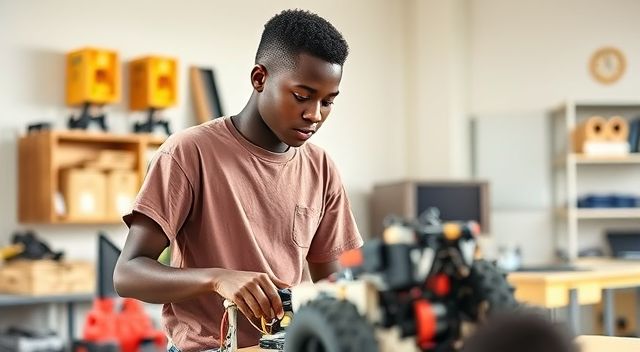
Table of Contents
Table of Contents
Many people believe STEM education is just too tricky for young learners. However, diving into hands-on learning activities can really spark a love for science, technology, engineering, and mathematics in them.
These areas offer endless possibilities for their futures. In my time with DIYgh Tech Hub, I’ve truly seen the magic that happens when Ghanaian students get to dive headfirst into interactive and innovative learning experiences.
Having built up a pretty solid background in electronics, robotics, embedded systems and smart devices myself, I know how crucial it is to make STEM feel approachable.
Our “Top 5 STEM Projects for Ghanaian Students: Exciting Hands-On Activities!” list is all about turning book-smarts into real-world skills. As someone who’s taught with the Ghana Education Service, I’ve personally witnessed how project-based learning boosts problem-solving abilities and critical thinking in youngsters.
So gear up to delve into these captivating projects that promise both fun and insightful learning moments!
Key Takeaways
- Hands-on STEM projects, like the Gold Mining Machine Challenge and Toothpick Bridges, teach Ghanaian students problem-solving skills while making learning fun.
- STEM education fosters critical thinking, creativity, and teamwork among middle school students. These activities prepare them for future success by building essential soft skills.
- Engaging with simple materials found at home or in the community makes STEM projects accessible to everyone. This approach encourages participation from diverse backgrounds.
- Incorporating STEM into lesson plans boosts student engagement through interactive challenges such as building paper bridges or designing DIY water filters.
- Local resources like libraries, websites, and educational YouTube channels provide endless ideas for hands-on STEM activities that spark curiosity and innovation in young learners.
The Importance of STEM Education for Middle Schoolers
STEM education empowers middle school students to explore various career paths. It builds their problem-solving skills and encourages teamwork, which are vital for future success.
Encourages diversity in STEM fields
STEM projects spark interest in various fields. They empower students from different backgrounds to explore careers in science, technology, engineering, and mathematics. Each project allows everyone to share their unique perspectives.
Fostering diversity enriches learning experiences and creativity.
I notice that hands-on activities draw kids into STEM early. Engaging them with exciting challenges leads to new ideas and solutions. For example, building toothpick bridges teaches problem-solving skills while promoting teamwork among peers.
These interactive experiences help Ghanaian students discover passions that could shape their futures.
Diversity fuels innovation.
Develops essential soft skills
Building on the importance of diversity in STEM fields, engaging in hands-on projects also develops essential soft skills. These skills play a crucial role in personal and academic growth.
Participating in STEM activities helps students improve their communication abilities. They learn to share ideas clearly while working with others.
Projects like building toothpick bridges teach teamwork and collaboration. I notice how excited Ghanaian students become when they tackle challenges together. Working on these tasks fosters critical thinking and problem-solving skills as well.
Students must think creatively to overcome obstacles during projects like the bubble flute experiment or robot realization challenge. Overall, STEM projects provide an active way for learners to develop vital soft skills that benefit them beyond the classroom.
STEM Projects and Activities for Middle Schoolers
STEM projects excite students while they learn essential skills. I enjoy seeing middle schoolers engage in hands-on learning activities like building toothpick bridges. These fun projects teach problem-solving and critical thinking, which are vital for their futures.
Many of these activities require simple materials found at home, making them accessible for Ghanaian students. For example, creating a marble maze or designing a DIY water filter can spark interest in science and technology.
Each project helps young minds explore concepts through interactive experiences while developing strong STEM skills.
Top 5 STEM Projects for Ghanaian Students
Top 5 STEM Projects for Ghanaian Students:
These five exciting projects will ignite creativity and innovation in students. Each activity offers hands-on experiences that promote problem-solving skills and teamwork.
Gold Mining Machine Challenge
The Gold Mining Machine Challenge excites students and teaches them about engineering concepts. In this hands-on STEM project, I guide middle schoolers to design and build simple machines that can “mine” gold (or a similar material) from a mixture.
Students use common materials found at home, making this activity accessible for all.
Through this challenge, kids develop problem-solving skills as they figure out how to improve their machines. They learn about the mining process by applying science and technology principles in a fun way.
Past participants have expressed enthusiasm after successfully extracting “gold” using their inventions. This interactive activity sparks curiosity in STEM fields while encouraging teamwork and creativity among Ghanaian students.
Toothpick Bridges
Toothpick bridges offer an exciting way to learn about engineering and problem-solving. I often guide students as they create these structures using simple materials found at home.
The project encourages hands-on learning and promotes teamwork among classmates. Students explore concepts like tension, compression, and stability while building their bridges.
Throughout this activity, I see students develop critical thinking skills. They experiment with different designs and discover what makes a bridge strong or weak. Many students find joy in testing their creations by adding weights until the bridge collapses.
This fun learning experience captivates Ghanaian kids and fosters a passion for STEM fields.
Robot Realization
Moving forward from toothpick bridges, I found the Robot Realization project truly exciting. This hands-on STEM activity allows students to explore robotics while developing essential problem-solving skills.
Students can create simple robots using everyday materials. I often encourage them to use motors and batteries that they can find at home.
During this project, kids learn about engineering principles through practical interactions with their creations. They work in teams or individually to design and build their robots.
These projects spark creativity and critical thinking as students troubleshoot issues that arise during construction. Engaging in robot realization fosters a genuine interest in technology and provides an interactive way for Ghanaian students to enjoy learning about science experiments and hands-on STEM activities.
World Smarts STEM Challenge
After exploring the exciting “Robot Realization” project, I want to talk about the “World Smarts STEM Challenge.” This activity focuses on teamwork and creativity. Students tackle global issues through hands-on learning.
They work together in groups to brainstorm solutions for real-world problems.
I see students gaining important skills while having fun with this challenge. Engaging in 30-minute rounds keeps them excited and focused. Participants learn valuable problem-solving skills as they design prototypes and present their ideas.
The World Smarts STEM Challenge opens doors for Ghanaian kids to explore interesting fields that can lead to amazing opportunities in technology and innovation.
Bubble Flute Experiment
Transitioning from the World Smarts STEM Challenge, I find excitement in the Bubble Flute Experiment. This project combines creativity and science in a delightful way. Students can create their own musical instruments using simple materials at home.
They will need straws and soapy water to construct a bubble flute.
Building this instrument exposes students to important concepts like sound waves and pitch. As they experiment with different straw lengths, they learn about problem-solving skills while having fun.
The hands-on learning experience strengthens their understanding of basic physics through interactive activities. Engaging in this STEM project sparks curiosity about sound production as students enjoy music-making together.
Incorporating STEM Projects into Lesson Plans
Incorporating STEM projects into lesson plans boosts student engagement. I find hands-on activities make learning enjoyable and effective.
Benefits of implementing STEM activities
STEM activities provide a fun way for Ghanaian students to learn important skills. Engaging in hands-on projects, like building toothpick bridges and creating simple machines, helps develop problem-solving abilities and critical thinking skills.
These experiences encourage creativity while sparking interest in science, technology, engineering, and mathematics.
Implementing STEM into lesson plans makes education more interactive. Students gain 21st-century skills through exciting challenges like the egg drop or DIY water filters. Many of these projects use materials found at home, making them accessible to everyone.
By participating in those engaging activities, students can explore new concepts while enjoying the learning process.
Tips for incorporating STEM into classroom instruction
I find it essential to integrate STEM projects into classroom instruction. Hands-on learning captivates students. It opens doors to creativity and critical thinking. Here are some tips for helping students engage with STEM concepts.
- Use simple materials found at home for experiments. Many exciting activities, like DIY water filters or egg drop challenges, require basic items. This approach makes projects accessible and affordable.
- Incorporate 30-minute STEM challenges into lessons. Activities such as building paper bridges can develop problem-solving skills quickly and effectively.
- Foster teamwork through group projects. Students can collaborate on exciting tasks like toothpick bridges or robot realization activities while learning the value of cooperation.
- Make connections between STEM concepts and real-world applications. Explaining how engineering impacts everyday life sparks interest in fields that offer future opportunities.
- Encourage creativity by allowing students to design their projects. Let them explore ideas freely, from constructing model volcanoes to making bubble flutes.
- Utilize local resources for inspiration and support. School workshops or community tech hubs can enhance project-based learning experiences.
- Reflect on completed activities with students to evaluate what they learned from the experience. Discussing successes and challenges fosters a growth mindset in young learners.
- Offer ongoing encouragement to stay curious about scientific principles and discoveries in technology, engineering, and mathematics.
Engaging students in hands-on STEM activities inspires innovation while nurturing essential skills for their futures as they learn through doing next steps now lead into exploring the most exciting STEM projects tailored specifically for Ghanaian students.
Resources for STEM project ideas
Incorporating STEM activities into lesson plans requires creative resources. Many options help students engage with hands-on learning experiences.
- Local libraries offer books and magazines filled with innovative STEM project ideas. These materials can inspire students to take on fun and educational challenges.
- Websites dedicated to education provide a wealth of STEM experiments and projects suitable for middle schoolers. These online platforms often feature step-by-step instructions that guide users through each project.
- Educational YouTube channels showcase engaging videos on various STEM topics and experiments. Visual demonstrations can spark interest and encourage students to try similar activities at home or in the classroom.
- Community organizations frequently host STEM workshops that introduce exciting hands-on activities. Participating in these events allows students to explore new concepts while collaborating with peers.
- Science fairs present opportunities for students to showcase their projects and learn from others’ work. These events promote creativity and inspire young minds to think critically about science and technology.
- Social media groups focused on STEM education offer a platform for sharing ideas, resources, and advice among teachers, parents, and students alike. Engaging with these communities fosters collaboration and innovation in project planning.
- DIY kits available in stores provide everything needed for specific STEM projects, making it easy for any student to get started on an experiment at home or school.
- Local universities often partner with schools to provide access to advanced resources like laboratories or mentorship programs focused on STEM fields. This connection exposes students to real-world applications of their studies.
These ideas will help make learning active for Ghanaian students while developing their problem-solving skills through exciting hands-on STEM activities!
Conclusion
STEM projects spark excitement in Ghanaian students. They create hands-on experiences that boost learning and creativity. Engaging in activities like the Gold Mining Machine Challenge or building Toothpick Bridges helps develop problem-solving skills.
These projects make STEM subjects more accessible and fun. Students gain valuable knowledge while enjoying themselves.
FAQs
1. What are the top 5 STEM projects for Ghanaian students?
The top 5 STEM projects involve hands-on learning and project-based educational activities designed to boost problem-solving skills in Ghanaian students.
2. How do these hands-on STEM activities contribute to STEM learning?
Hands-on STEM activities provide practical experience, enhancing understanding of the concepts taught in the STEM curriculum, thus promoting effective STEM learning.
3. Are there specific resources needed for these handson-learning based projects?
Yes, certain materials or tools may be required as part of the hands-on learning process in these project-based educational activities. These are often included within provided STEM resources.
4. Do these problem-solving focused projects have any long-term benefits?
Indeed! Participating in such hands-on, problem-solving oriented projects helps develop critical thinking and analytical skills that can be beneficial throughout a student’s academic journey and beyond.


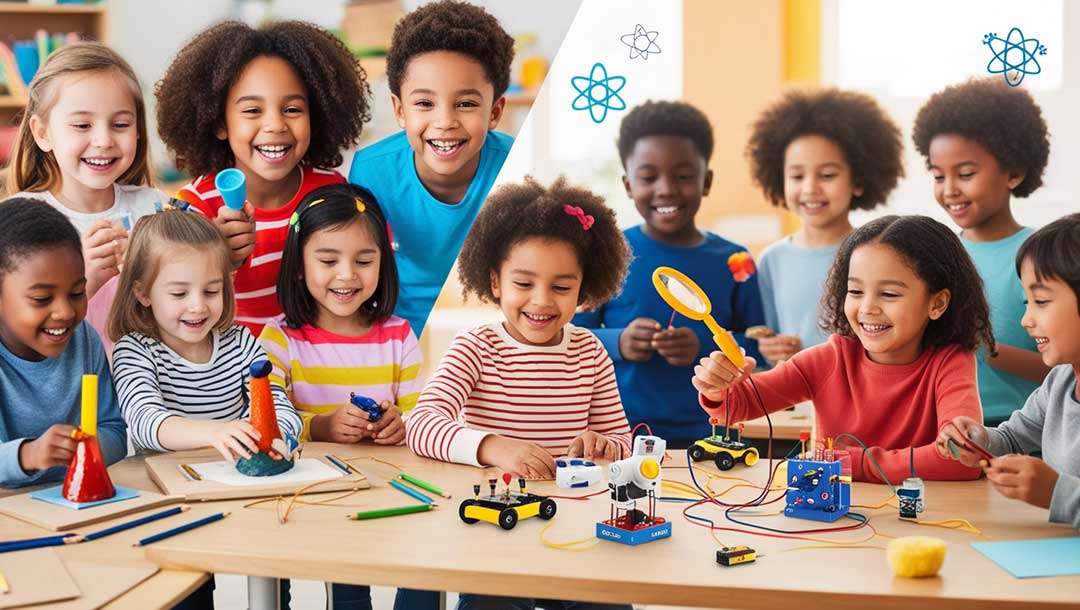

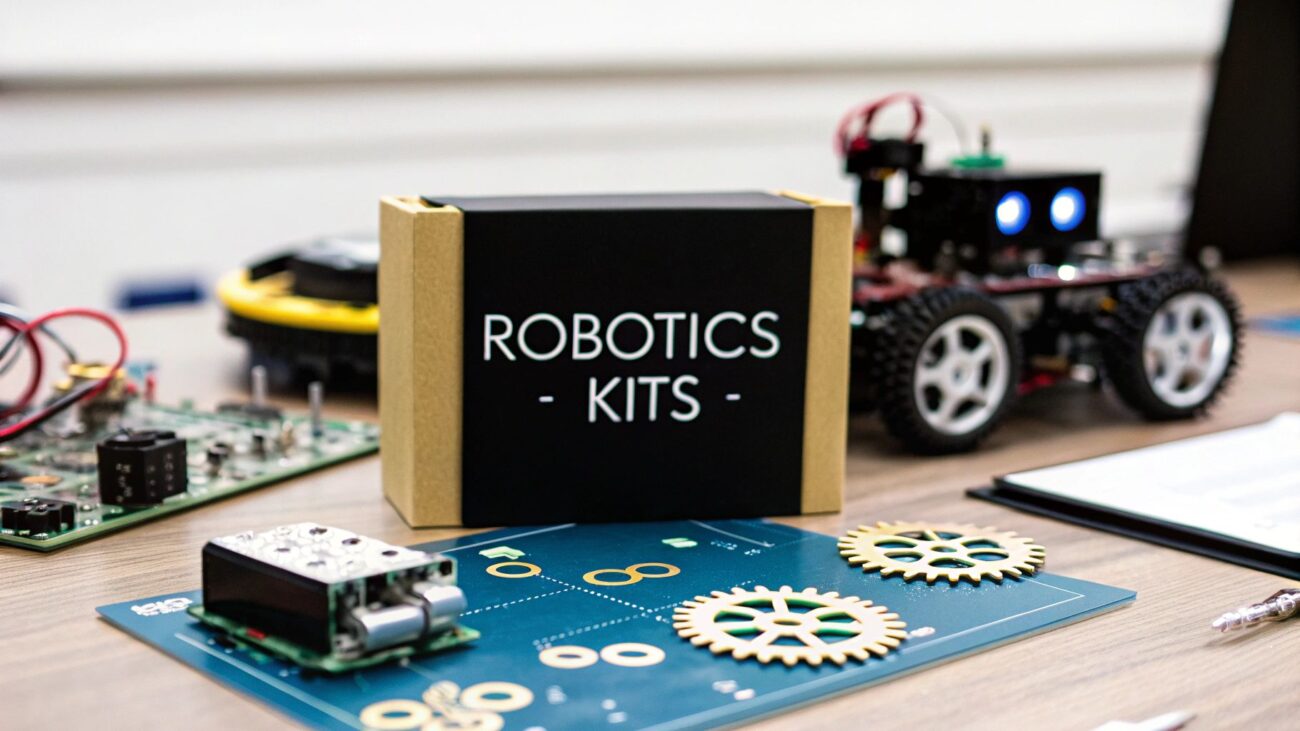
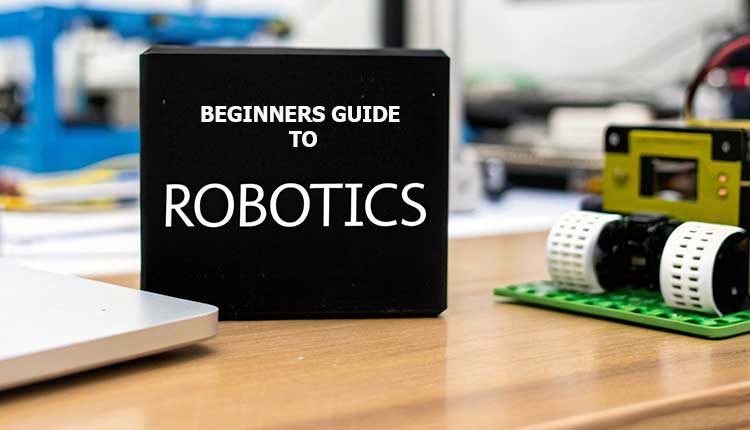
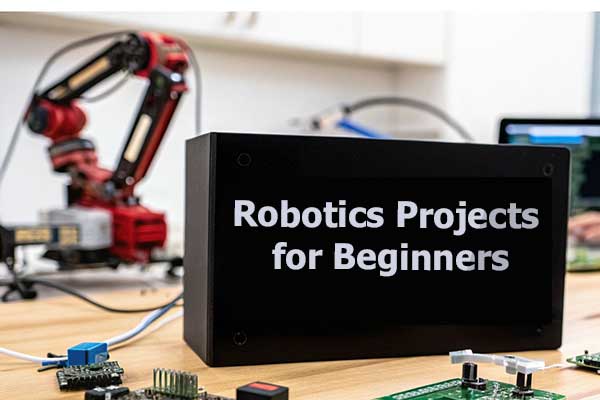
One thought on “Top 5 STEM Projects for Ghanaian Students: Exciting Hands-On Activities!”